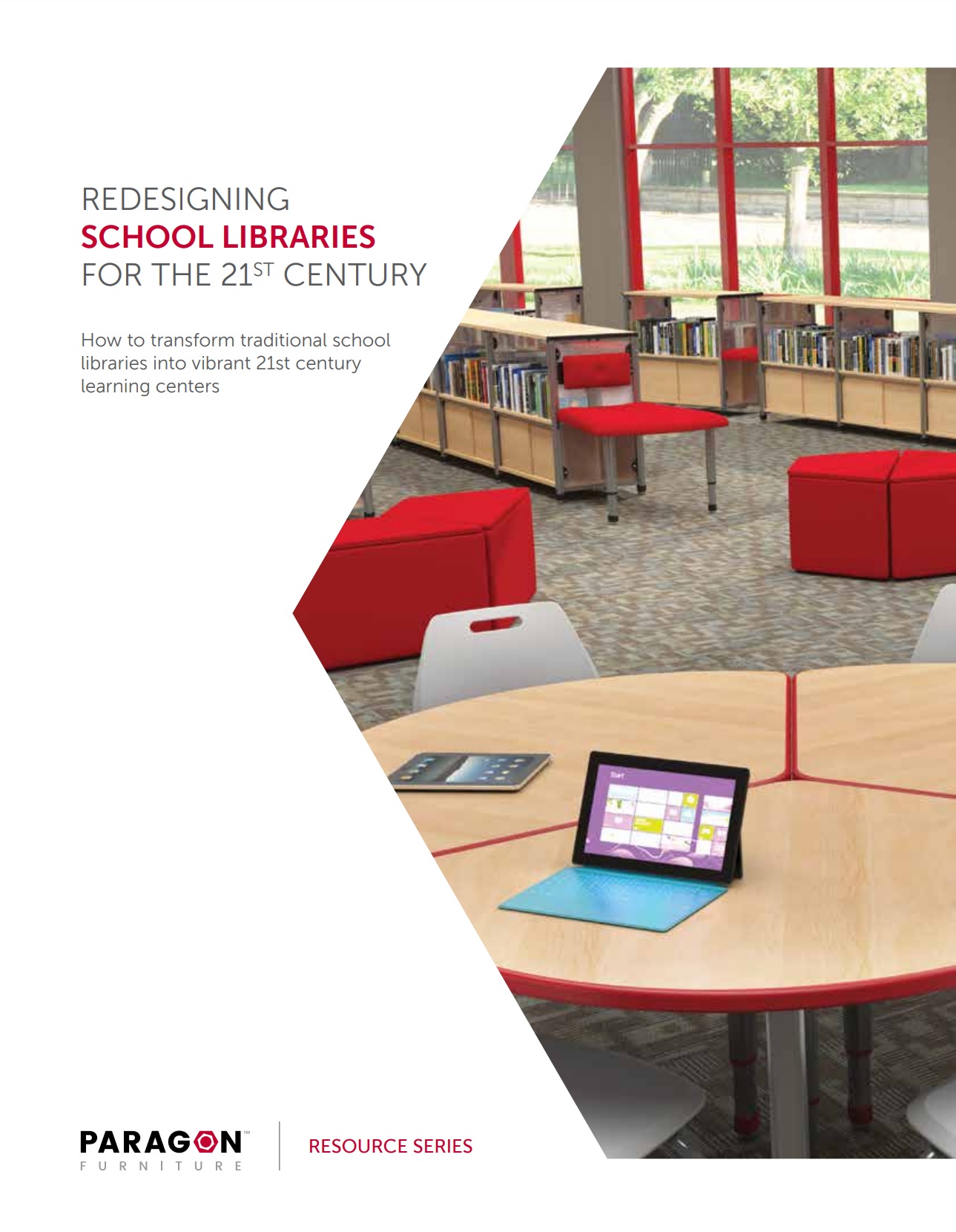Enhancing Learning Spaces:
The Benefits of Soft Seating in
Schools & Classrooms
A growing body of research suggests that providing students with comfortable and flexible seating options can significantly enhance their engagement, focus, and overall well-being in the classroom. Here are some key benefits supported by studies:
Improved Concentration: Soft seating promotes a relaxed and comfortable learning environment, allowing students to focus better on their tasks. A study published in the “Journal of Learning Spaces” found that students who had access to flexible seating options demonstrated higher levels of concentration and were less likely to become restless or distracted during lessons.
Enhanced Collaboration and Interaction: Sofas and other soft seating arrangements encourage collaborative learning and peer interaction. According to research conducted by the University of Salford’s School of the Built Environment, students in classrooms with soft seating reported feeling more connected to their peers and were more likely to engage in group discussions and collaborative activities.
Increased Comfort and Well-being: Comfortable seating promotes a sense of well-being among students, leading to reduced stress levels and improved mood. A study conducted by the Center for Ergonomics at the University of Michigan found that students who used ergonomic soft seating reported less physical discomfort and greater overall satisfaction with their learning environment.
Flexibility and Adaptability: Soft seating offers flexibility in classroom arrangements, allowing teachers to easily reconfigure the space to accommodate different learning activities and teaching styles. This adaptability fosters a dynamic and responsive learning environment that caters to diverse student needs and preferences.
Promotion of Active Learning: Pivot stools and other dynamic seating options promote movement and active learning strategies, which have been shown to enhance student engagement and academic performance. Research published in the “Journal of Educational Psychology” suggests that incorporating movement into the classroom environment can lead to improvements in students’ cognitive function and information retention.
The integration of soft seating options in schools and classrooms offers a myriad of benefits that contribute to a more conducive learning environment. By prioritizing student comfort, flexibility, and well-being, educators can create spaces that inspire creativity, collaboration, and academic achievement. As we continue to reimagine the design of educational settings, soft seating stands out as a valuable tool for enhancing the learning experiences of students in the 21st century.
References:
- Smith, E. A., & Burt, H. L. (2018). The Effects of Flexible Seating on Student Concentration. Journal of Learning Spaces, 7(1), 1–7.
- Barrett, P., Davies, F., Zhang, Y., & Barrett, L. (2015). The impact of classroom design on pupils’ learning: Final results of a holistic, multi-level analysis. Building and Environment, 89, 118-133.
- Benden, M. E., Blake, J. J., Wendel, M. L., Huber, J. C. Jr, & Theall, S. (2011). The impact of stand-biased desks in classrooms on calorie expenditure in children. American Journal of Public Health, 101(8), 1433-1436.
Download our step-by-step implementation guide to help create effective library & lounges spaces!
CLASSROOM DESIGN FILES
Access all of the design resources you need to create a beautiful classroom!
